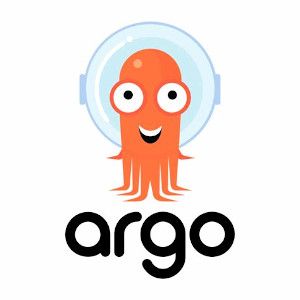-
Using ArgoCD's syncWindows feature to schedule deployments
2 min read

Sync windows in ArgoCD allow for the scheduling of deployments within specific time frames, providing control over when application synchronization and deployments can occur. This feature is particularly useful for enforcing policies or complying with specific operational requirements, like avoiding deployments during weekends.
07/11/2024
Read more... -
Argo Workflows: Schedule workflows with CronWorkflow
2 min read

With Argo workflows you can automate tasks like building and pushing Docker images on a regular schedule: You just need to use the CronWorkflow to call any WorkflowTemplate.
In this example we are going to set up an Argo CronWorkflow that runs every hour, clones a Git repository, builds a Docker image using Kaniko, and pushes it to a Docker registry.
06/11/2024
Read more... -
Golang: Managing the Garbage Collector settings
3 min read

In Golang, there are two environment variables that can be used to manage the Garbage Collector in Go:
GOGCandGOMEMLIMIT. With these variables, you can control how often the garbage collector runs and set an overall memory limit that the Go runtime can use.05/11/2024
Read more... -
What's a kubernetes StatefulSet?
3 min read

When we need to have a stateful application running on Kubernetes, we might need to use a StatefulSet. With a StatefulSet, we can manage stateful applications where each pod needs a stable, unique network identity and storage that persists across pod rescheduling. Unlike Deployments, which focus on maintaining a specified number of replicas, StatefulSets ensure each pod is given a unique ordinal index and retains the same identity throughout its lifecycle. If a pod is deleted or a node fails, the replacement pod will maintain the same identity and storage.
04/11/2024
Read more... -
Argo Workflows: Using the exit handler
2 min read

An exit handler is a template that always executes at the end of a workflow (regardless of whether it completed successfully or returned an error). You can use this run any action, for example: to send notifications after a workflow runs, post the status of the workflow to a webhook, clean up artifacts or run another workflow.
01/11/2024
Read more...